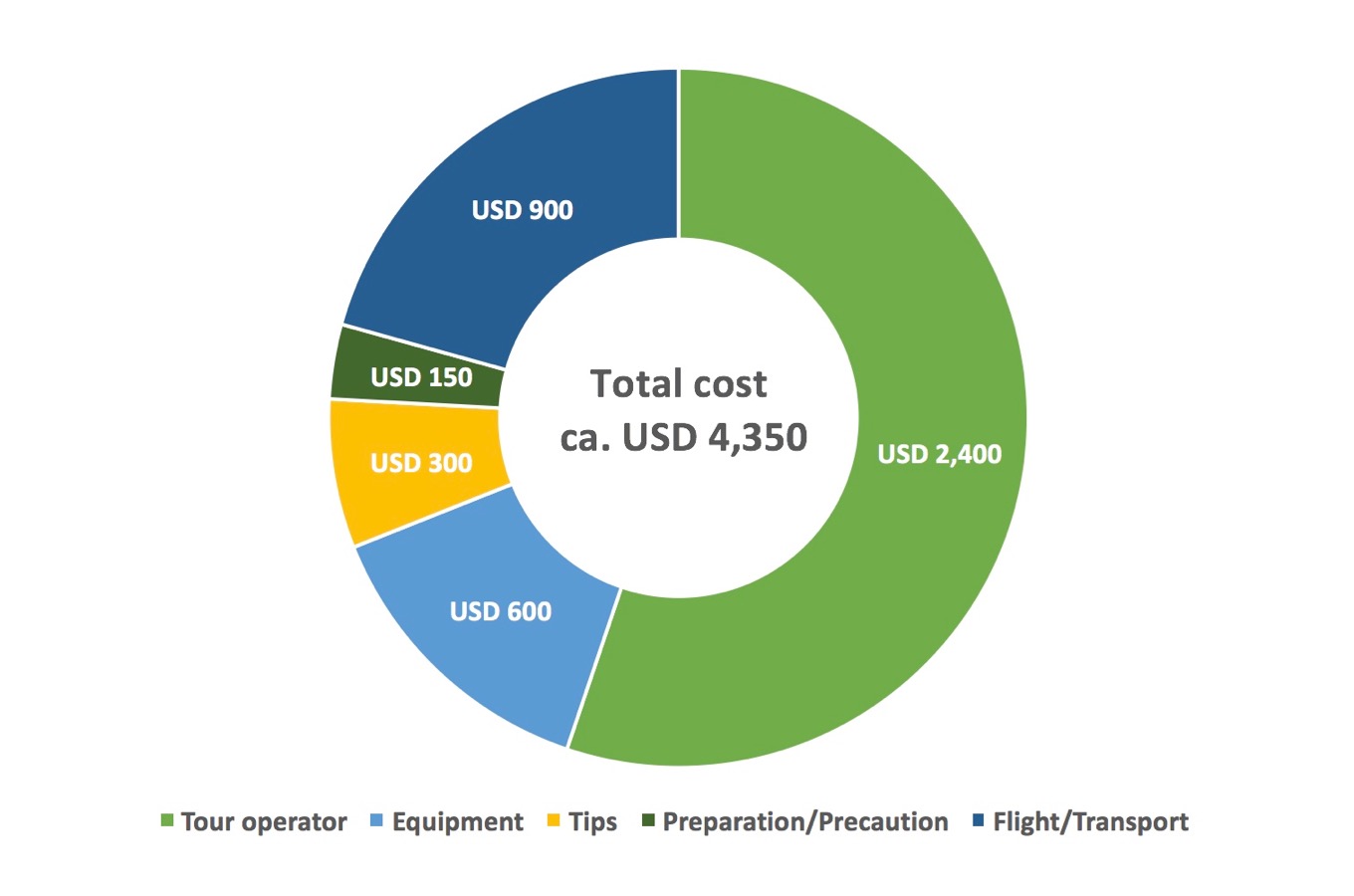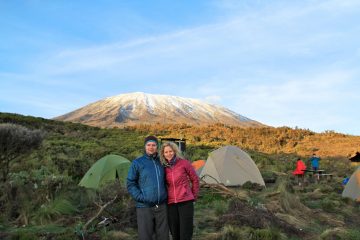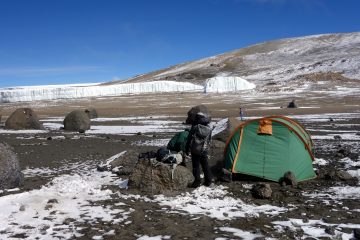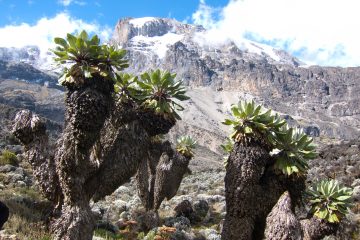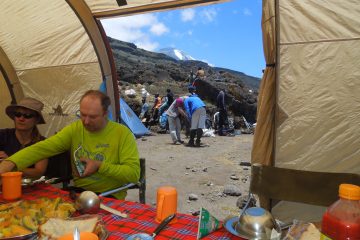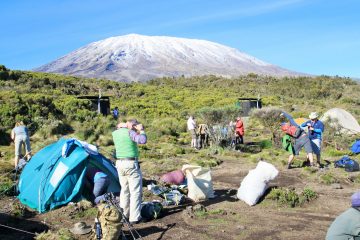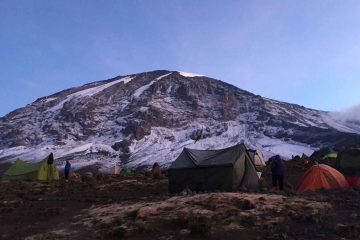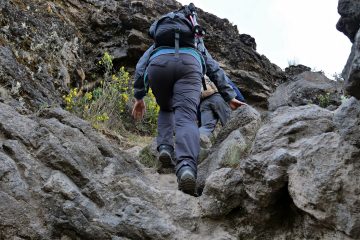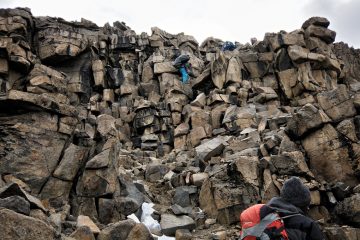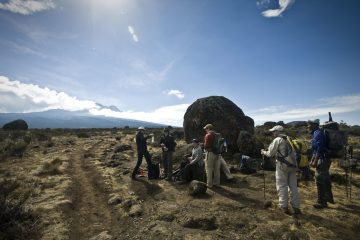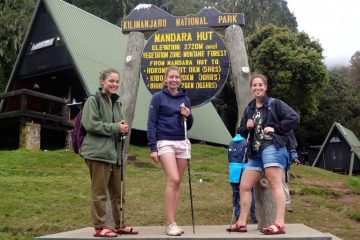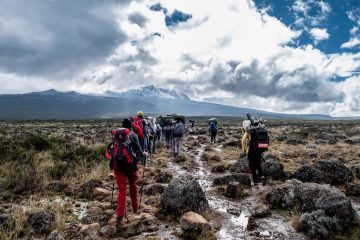The overall cost of trekking the majestic and awe-inspiring Mount Kilimanjaro is directly proportional to several logistical factors and reasons, all of which must be carefully considered, thoroughly examined, and intricately evaluated in order to accurately gauge the total expenses incurred on this remarkable journey to the roof of Africa.
Choosing the right operator is essential to ensure a successful and enjoyable Kilimanjaro expedition. It is recommended to thoroughly research and compare the prices, services, and reviews of different operators to find the best fit for your needs and budget. Keep in mind that price alone should not be the sole determining factor; factors such as reputation, experience, and safety record should also be taken into consideration. By selecting the right operator, you can embark on a memorable journey to the roof of Africa with confidence and peace of mind.
1. Group Size
When there are more individuals in a trekking group, the cost per person tends to decrease. Expeditions with only one or two climbers have the highest prices as the expenses to organize the climb are divided among a small number of people. It is not surprising that climbs with twelve or more individuals will have significantly lower prices. The majority of companies, including Tranquil Kilimanjaro, offer open climbs where customers have the option to reserve a spot and join others to form a group.
2. Days on the Mountain
Every day spent on the mountain brings about additional expenses in terms of park fees, salaries for staff, food provisions, and equipment utilization. Consequently, longer routes incur greater costs compared to shorter routes. Moreover, the choice of route also contributes to these expenses, as certain routes necessitate more personnel, gear, and logistical arrangements.
3. Level of Service
There are three primary price categories for Kilimanjaro operators: budget, midrange, and luxury. This significant variation in prices is the main reason behind the varying costs charged by different companies for seemingly identical services. It can be challenging for the average consumer to distinguish between operators solely relying on a company’s website, as it may not provide the complete picture. When it comes to budget operators, they offer affordable options for adventurous travelers who want to experience the wonders of Kilimanjaro without breaking the bank. These operators prioritize cost-effectiveness and provide basic services that cater to the essential needs of climbers. While the price may be lower, it’s important to note that certain luxuries and amenities may be sacrificed in order to maintain affordability. Midrange operators strike a balance between cost and comfort. They offer a range of services that appeal to climbers seeking a more comfortable experience without indulging in excessive luxury. These operators provide reliable equipment and experienced guides who ensure a safe and enjoyable journey. While the prices may be higher than budget operators, the additional services and attention to detail make it a worthwhile investment for many climbers.
For those seeking the utmost luxury and personalized service, luxury operators cater to every aspect of the climb. These operators spare no expense in providing the highest level of comfort and convenience to their clients. From luxurious accommodations and gourmet meals to top-of-the-line equipment and expert guides, every detail is meticulously crafted to create a truly unforgettable experience. The prices of luxury operators reflect the premium services they offer, making it an ideal choice for climbers who prioritize indulgence and exclusivity.
Climbing Mount Kilimanjaro – Cost and Prices
Costs for climbing Kilimanjaro differ greatly by many factors like the number of days you will spend on the mountain, the number of people in a group, the route was chosen and the type of accommodation before and or after your climb. Other things like renting climbing gear and equipment, airport transfers and choosing to extend your trip by combining your Kilimanjaro climb with a safari or Zanzibar add-on may alter the Kilimanjaro climbing price.
The true price of a cheap Kilimanjaro climb
How much does it cost to climb Kilimanjaro, and what should a Kilimanjaro climb cost you?
It doesn’t cost you an arm and a leg but the prices for Kilimanjaro climbs vary widely. To climb Kilimanjaro with tranquil Kilimanjaro the actual costs including tax can range from $1000 to $4000 or even more.
Anything below this as quoted by other companies can prove to be costly in the end.
Remember, cheap is expensive even though we understand your need to save big bucks.
Do not put the cost first when you want to climb Kilimanjaro, always put your safety and adventure first as it may cost you a lot in the long run.
